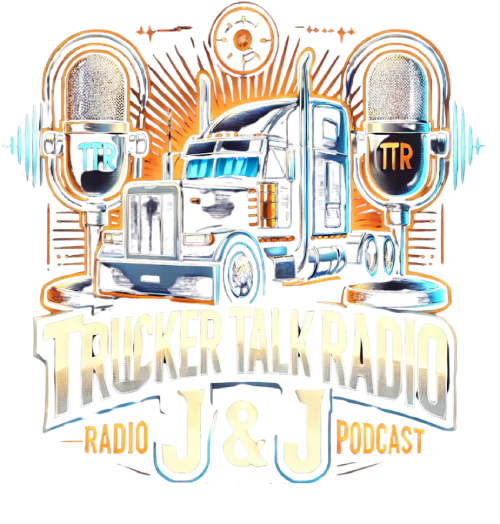California Air Resources Board’s Emissions Authority Challenged
The authority of the California Air Resources Board (CARB) to implement its own emissions standards, which surpass those established by the Environmental Protection Agency, is currently facing opposition from President Trump’s administration.
Significant Reductions in Emissions from Diesel Trucks
During a panel discussion at the 2025 Technology & Maintenance Council Annual Meeting and Transportation Technology Exhibition in Nashville, Mike Tunnell, senior director of environmental affairs and research at American Trucking Associations, highlighted that modern diesel trucks have achieved a 99% decrease in nitrogen oxides (NOx) since 1973 and a similar reduction in particulate matter (PM) emissions since 1987.
Complex Regulatory Landscape
Facing approximately 11 different emissions regulations from both CARB and the EPA from 2021 to 2032, Alissa Recker, a product regulatory affairs engineer at Daimler Truck North America, indicated that this presents the “most crowded and most uncertain regulatory landscape” for Original Equipment Manufacturers (OEMs) to navigate.
The Advanced Clean Truck Regulation
The CARB’s Advanced Clean Truck (ACT) Regulation aims to transition medium- and heavy-duty trucks from diesel to zero-emission powertrains. Beginning with the 2024 engine model year, the regulation mandates that 9% of Class 4-8 trucks sold must be zero-emission, increasing to 75% by model year 2035. Class 7 & 8 truck-tractors sold in the 2024 model year will need to meet a 5% zero-emission requirement, rising to 40% by 2032. Additionally, five states—Massachusetts, New Jersey, New York, Oregon, and Washington—are collaborating on this ACT initiative, with up to ten more states considering similar measures.
Uncertainties Regarding the ACF Rule
Nick Chiappe, director of government and regulatory affairs at the California Trucking Association, mentioned that there is uncertainty surrounding the ACT, particularly following CARB’s decision to abandon its Advanced Clean Fleet (ACF) rule at the conclusion of the Biden administration. He stated, “What this means now and what’s going to happen is up in the air,” while asserting that California will persist in advancing its zero-emission policies.
Zero Emission Truck Availability and Challenges
Despite CARB’s claims of success regarding ACT, which indicates that one in six medium- and heavy-duty trucks in California are zero-emission, Chiappe pointed out that this statistic could be misleading, as it includes Class 2b vehicles and not solely heavy trucks. He also noted challenges in acquiring zero-emission trucks that would allow for increased diesel truck availability, highlighting a lag between supply and demand that could hinder effective rule enforcement.
Future Emissions Mandates and Industry Impact
All states will confront new federal emissions mandates due to the EPA’s Greenhouse Gas Phase 3 for the 2027 model year, which aims to electrify 25% of new long-haul trucks and 40% of new short-haul daycabs by 2032. Additionally, Matt Devirgilis from Penske Truck Leasing noted that significant engine changes will occur in 2027, prompting the need for extensive technician training in response to these regulatory shifts.


